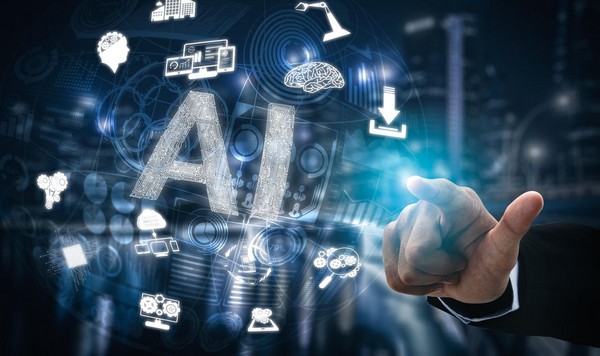Artificial Intelligence Impacts on business – Today’s technology seems to be advancing more rapidly than ever before. In some regards, the technology of the modern era is starting to resemble the otherwise far-off future promise by countless sci-fi novels. For example, while modern artificial intelligence is a far cry from sentient machines, it is nonetheless the closest it’s ever been to true synthetic intelligence. More importantly, this has enabled AI to be used for a wide variety of consumer products and services, as well as business models. Here’s what you need to know about AI in today’s businesses.

Machine Learning
The cornerstone of AI from the conceptual level is machine learning. Essentially, machine learning is the ability of a machine to change its own programming as a result of trial and error “teaching” with human oversight. This flexibility has a couple of crucial advantages, but it also requires immense consideration during the development phase. For starters, the learning process itself can be incredibly time consuming. While computers are capable of learning at a much faster pace than a human brain, they still require what amounts to an immense amount of time in terms of the development and advancement of technology as a whole.
For this reason, there are two major considerations that will need to be addressed. First and foremost, model validation is required to optimize the machine learning process. Simply put, an ineffective model may lead to potential data going to waste, so finding the right model for the needs of the computer in question is essential. On the other hand, machine learning operations (MLOps) integrate the machine learning process in the development cycle of AI to cut down on the time cost of the learning process once the product launches in earnest.
Machine learning can be seen in action in the form of platforms like Google and YouTube adapting to their users’ behavior. Google remembers past searches and provides not only recommendations of previous searches, but also attempts to fill in newer searches based on the habits of the user in question. On the other hand, YouTube provides recommendations for new content based on what the user has already enjoyed.
Natural Language Processing
The other major advancement in today’s AI is natural language processing, also known as NLP. This represents the ability of a given AI to understand text and speech more comprehensively. Traditionally, computers parse language for a relatively small vocabulary of keywords. Using NLP, an AI is capable of understanding the meaning of language, allowing it to form associations between the terms used and similar terms. For example, Google searches that once relied on keywords can now give more pertinent search results by finding the most accurate results for a given search, even when the terminology differs.
NLP can also be leveraged for market research purposes using the technique known as sentiment analysis. SA entails using an AI to “read” social media posts regarding a given company with the intent of determining how users feel about the brand in question. This works because of the much higher “reading” speed of computers when compared to humans in tandem with the ability to understand the meaning of the posts in question, therefore allowing the AI to come to an accurate conclusion as to the brand’s public image.
Smart Office Technology
While AI has found its home in many consumer products and services, smart office design allows businesses to take advantage of AI to increase the efficiency and productivity of their companies. A smart office is the result of several IoT (Internet of Things) devices and programs, and many of these programs are AI-driven apps that can work wonders with data infrastructure. For example, payroll apps can be used to cut out much of the menial labor associated with the payroll department by taking the input of employees logging their hours and converting it seamlessly into hourly wages with minimal oversight and, more importantly, minimal human error.
